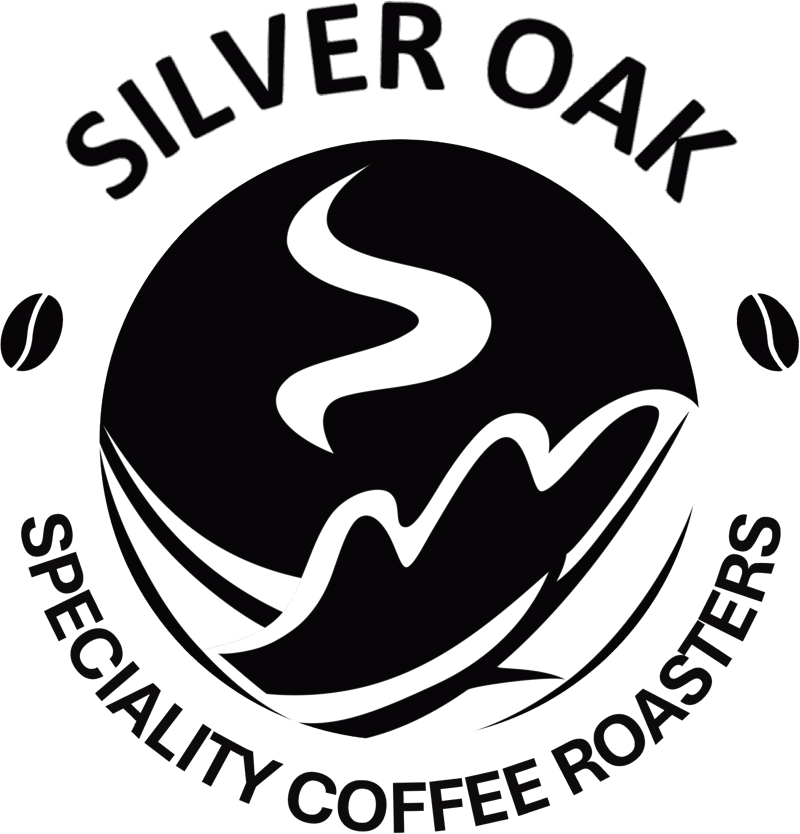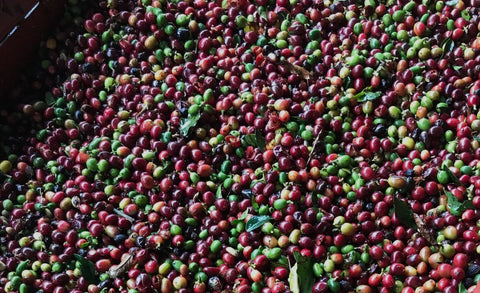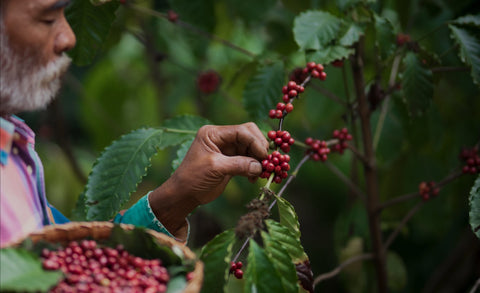Description: In the natural process, ripe coffee cherries are carefully hand-picked from the coffee trees. Instead of removing the outer fruit layer (pulping), the cherries are spread out in a single layer and left to dry in the sun for several weeks. During this time, the fruit naturally ferments, and the inner coffee bean absorbs flavours from the fruit.
Characteristics: Natural process coffees are known for their bold, fruity, and often exotic flavour profiles. They can have notes of berries, tropical fruits, and even wine-like qualities. The extended contact with the fruit pulp gives them a full body and a unique sweetness.
Considerations: Successful natural processing requires a consistent drying environment and meticulous turning of the cherries to prevent spoilage or uneven fermentation. The risk of defects is higher compared to other methods, but when done well, natural process coffees can be highly prized.
2. Washed Process:
Description: In the washed process, the freshly harvested cherries are pulped to remove the outer skin. The beans are then fermented in water tanks to break down and remove the mucilage (the slimy substance around the beans). After fermentation, the beans are thoroughly washed and then dried in the sun or mechanically.
Characteristics: Washed coffees are celebrated for their clarity and acidity. The removal of the fruit pulp and mucilage allows the inherent qualities of the coffee bean to shine. They often exhibit bright, citrusy, and floral notes with a clean finish.
Considerations: Careful control of fermentation times and consistent washing are crucial to avoid over-fermentation or off-flavours. This process requires a significant amount of water, which can be a concern in regions with water scarcity.
3. Pulped Natural Process:
Description: The pulped natural process combines elements of both the natural and washed methods. After pulping to remove the outer skin, some of the mucilage is intentionally left on the beans. The beans are then dried with this residual mucilage.
Characteristics: Pulped natural coffees strike a balance between the boldness of natural process coffees and the cleanliness of washed coffees. They often have a medium body, pronounced sweetness, and fruity notes with a touch of complexity.
Considerations: The level of mucilage left on the beans can be adjusted to achieve different flavour profiles. This method requires less water than full washed processing but still requires careful attention to drying conditions.
4. Decaf Process:
Description: Decaffeination is the process of removing caffeine from green coffee beans while preserving their flavour. There are several methods, including solvent-based (using chemicals like ethyl acetate or methylene chloride), water process (using water and filters), and carbon dioxide (CO2) process.
Characteristics: Ideally, decaffeinated coffee should maintain its flavour profile, but some methods may result in subtle flavour changes. The water process is often preferred in specialty coffee as it is considered gentler and less likely to alter the coffee's taste significantly.
Considerations: The choice of decaffeination method and the quality of the decaffeinated beans can vary. Specialty coffee producers often prioritise using high-quality beans and gentler decaffeination processes to ensure a good taste.



